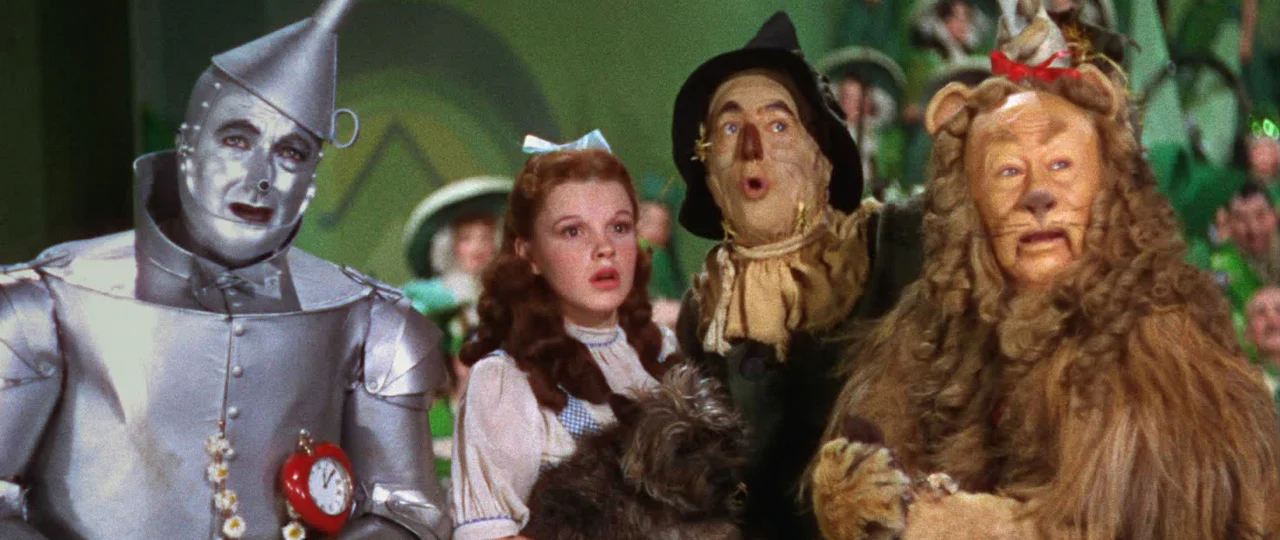Video prototyping can be used for many things. We’ve often used it as part of a design process where we try to boil down an idea to its essentials. If something cannot be communicated in a short video (less than two minutes), there is a risk that you haven’t found the most efficient or elegant solution to a problem. When a solution is easily communicated, it often means that it is well designed.
At TAT, we also used videos to evaluate if concepts resonated with customers before we implemented anything. Sometimes we published our videos online without revealing if they were real or not. This market prototyping method was inspired by the Wizard of Oz technique. When your audience believes that a product is fully functional, you tend to get a lot more and richer feedback than if you publish something hypothetical.
A fake Wizard’s power is real only as long as people believe in it. Just like in the story, our experiments started backfiring on us. Obviously, people don’t like being manipulated and we started seeing an increasing number of angry comments to our YouTube channel.
Even though Wizard of Oz market prototyping has its flaws, I still think we were on to something. It is much better to verify early if an idea is valuable than to waste time and resources building something that no one wants. Today, numerous companies validate the market appeal of ideas on Kickstarter or Indiegogo before they implement any full products. There are also more famous examples of how video prototypes has helped companies test the appeal of new product ideas without too much smoke and mirrors.



